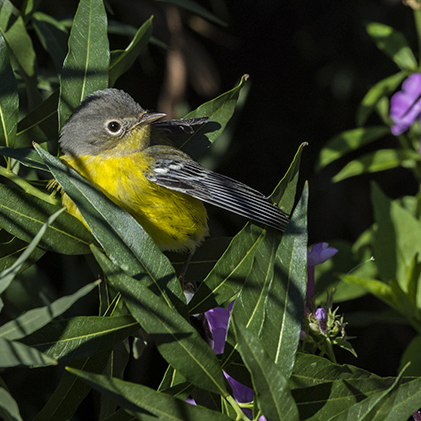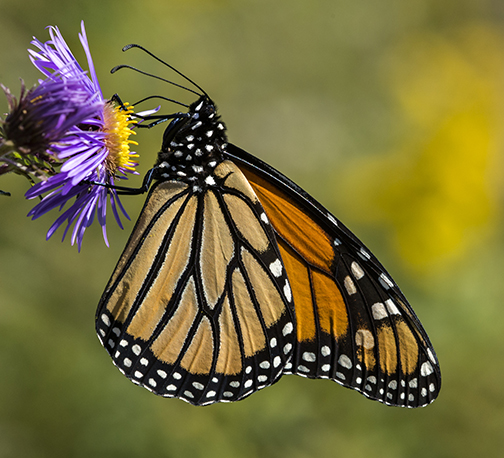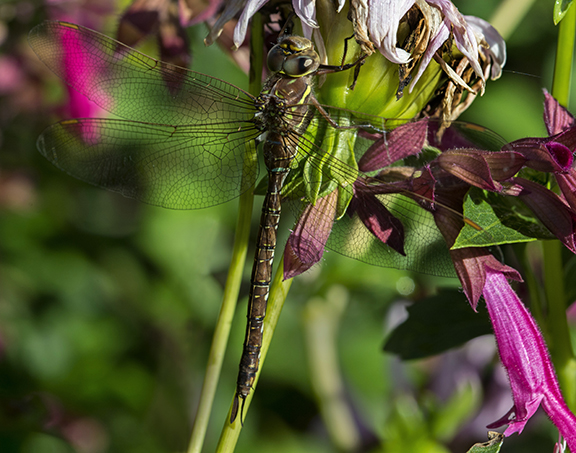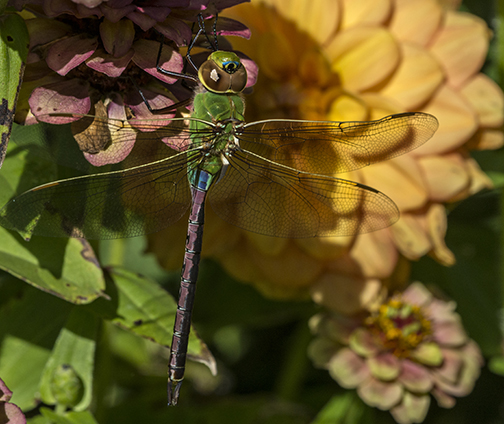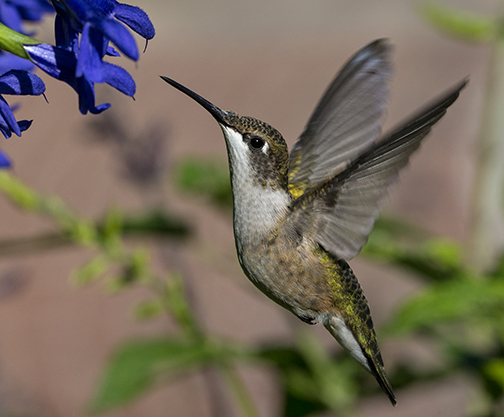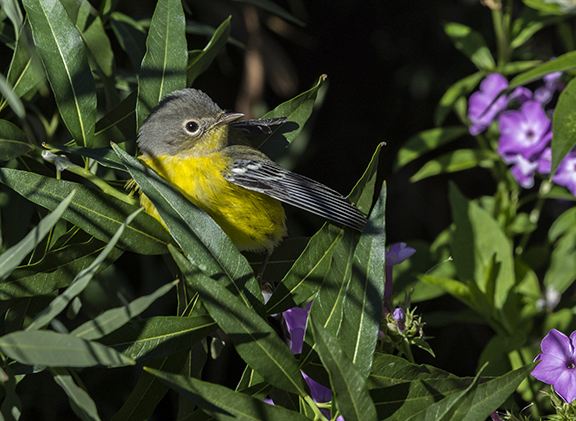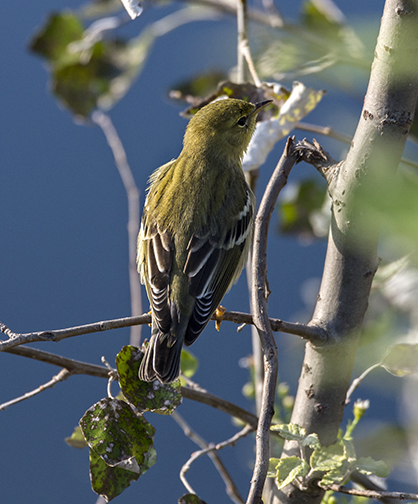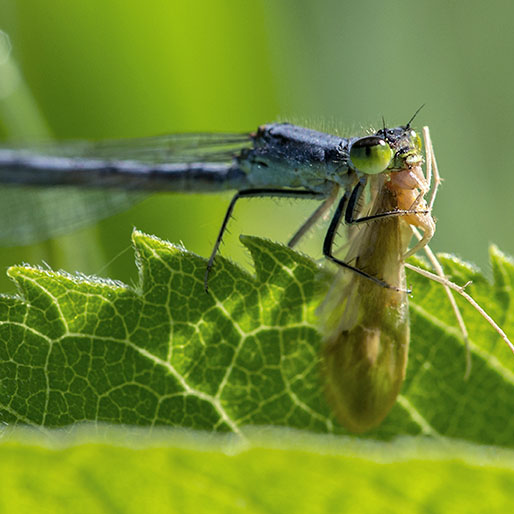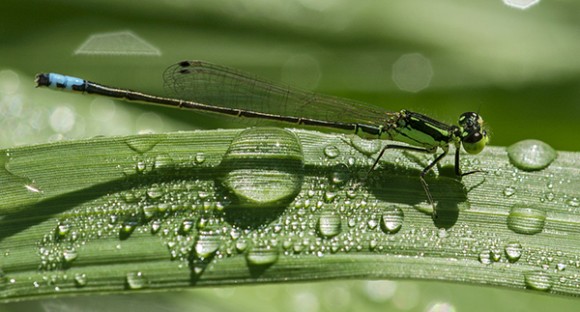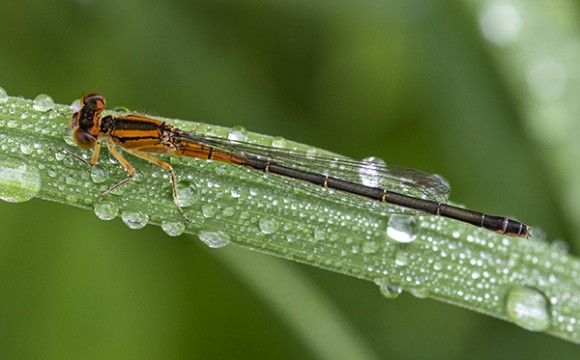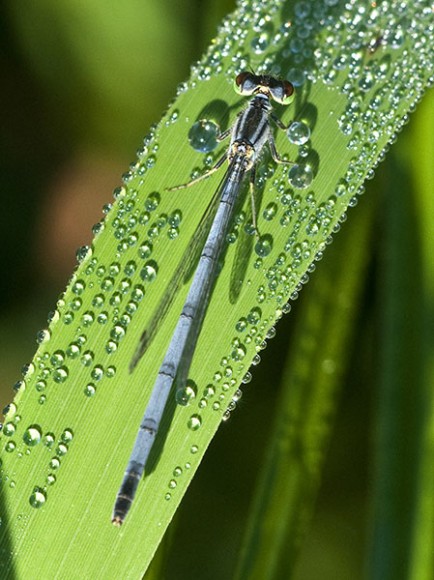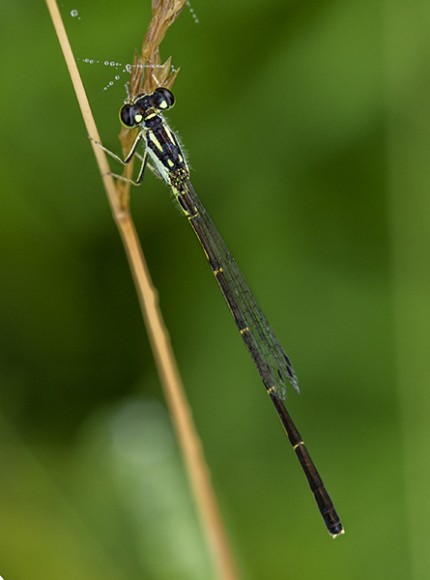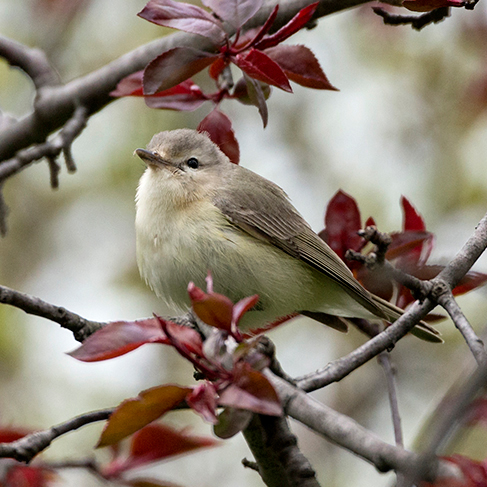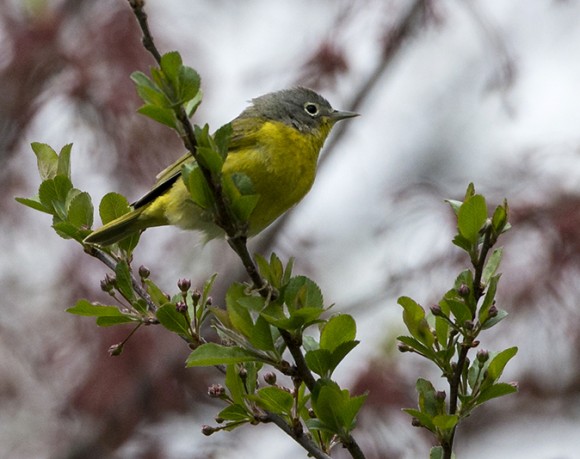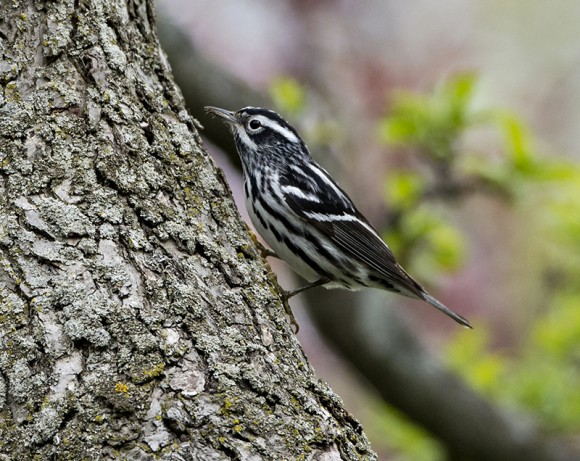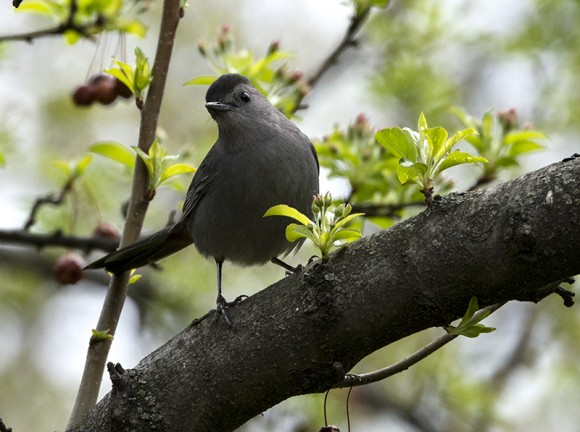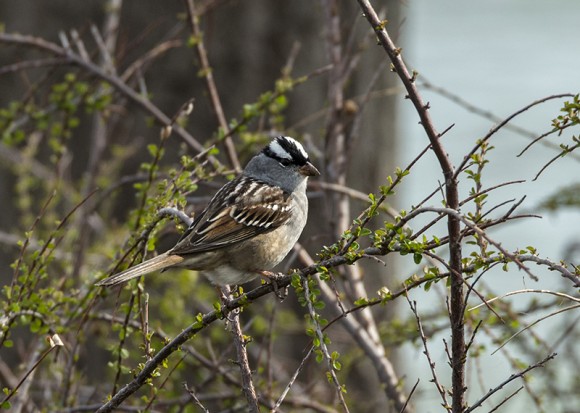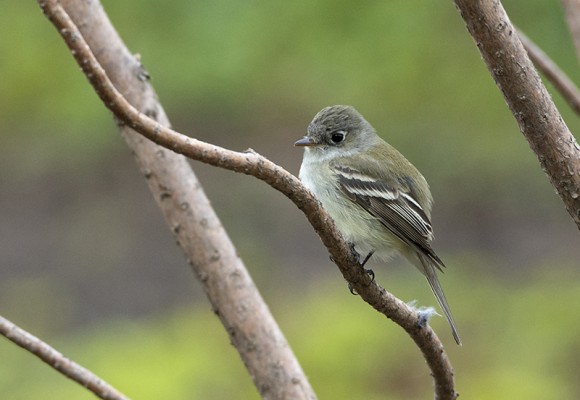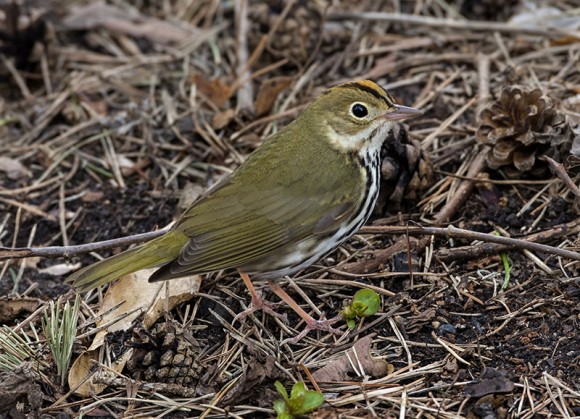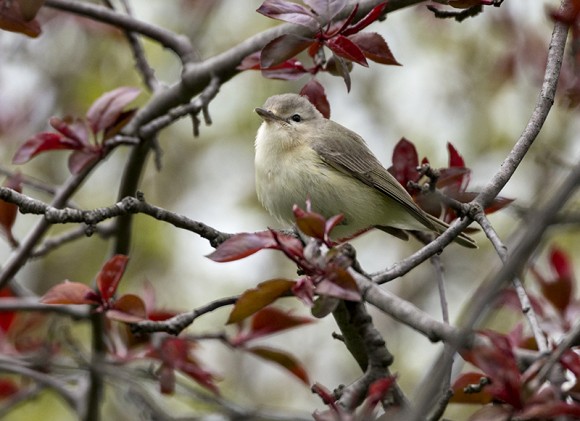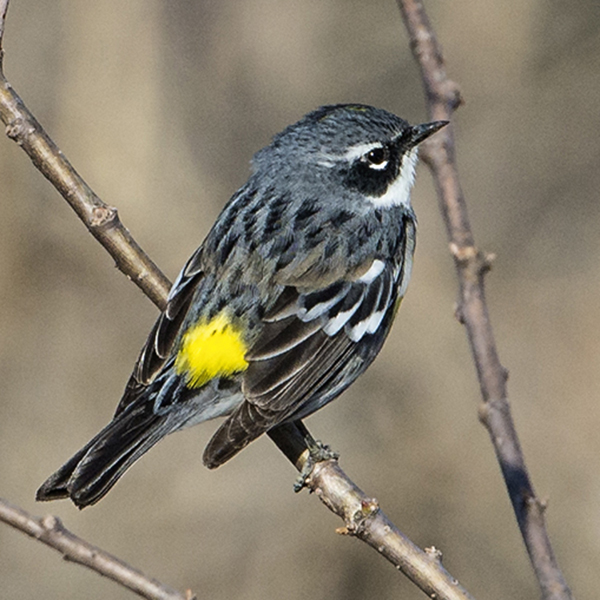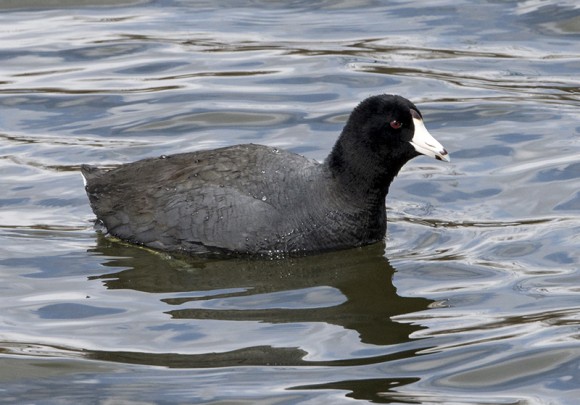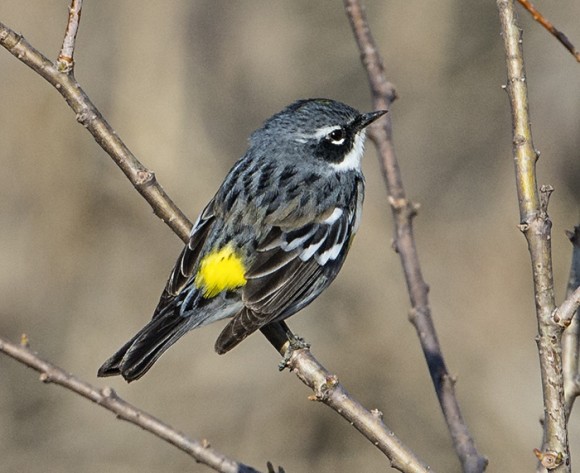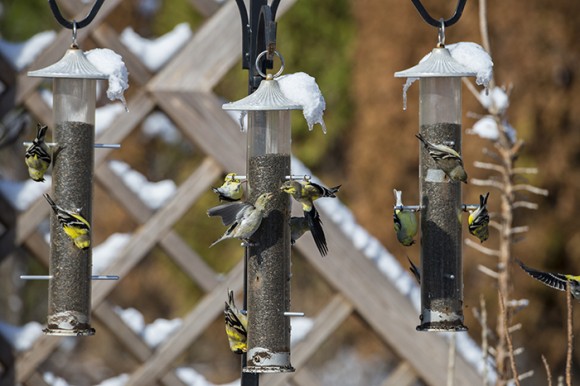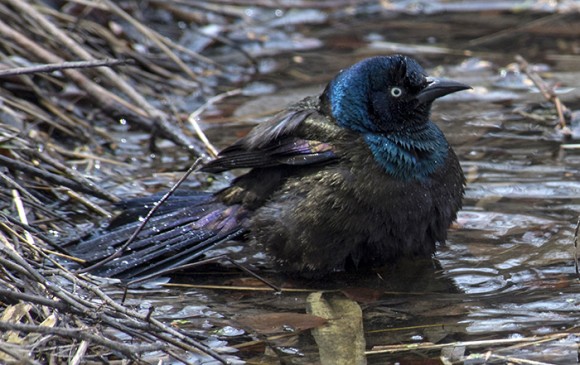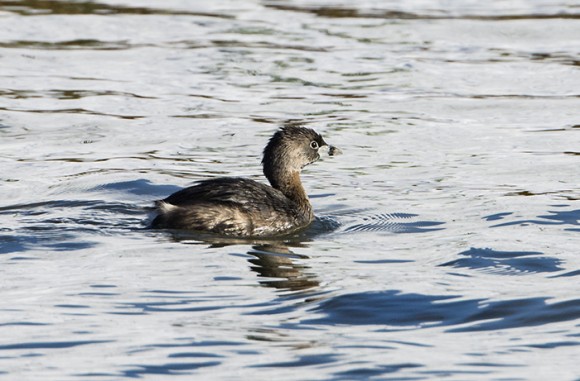While summer blooms elsewhere are winding down, the Dixon Prairie is still alive with many fall flowers.
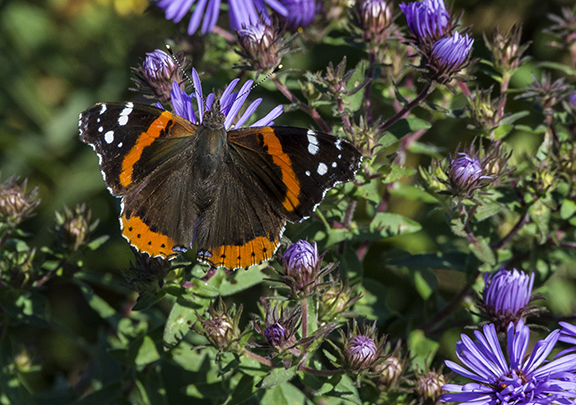
Asters, sawtooth sunflowers, gaura, and goldenrod are going strong. All of them are abuzz with bees and other insects. Grasshoppers dance from plant to plant. Butterflies fuel up for a last fling or long journey.
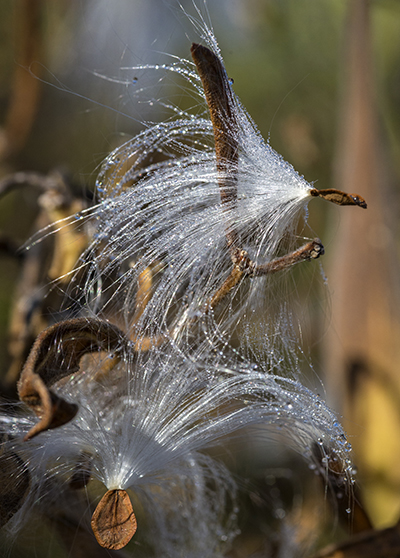
Grasses, some with tiny fragrant flowers, sway gracefully; many have grown more than 7 feet tall in this one growing season. Early morning dew transforms the seedheads into works of art. Silken strands of unseen spiders glow in the sunlight. Flocks of goldfinches munch on seeds, stocking up for winter, chirping their happy tunes, while shy sparrows occasionally pop up from the shadows, giving us a glimpse of their subtle beauty. Milkweed seeds blow gracefully in the wind.
The prairie truly must be walked to be appreciated. There is so much diversity, and so many stories to tell.
Touch a compass plant leaf on even the hottest day and it will be cool to the touch—with roots going down 14 feet, they pull up water that is chilled underground.
Monarchs live in symbiosis with milkweed plants (as do many other insects). Look closely and you may see a whole world on a milkweed plant.
Surprises can be anywhere—a hummingbird zipping by for a quick sip, a great blue heron flying overhead, drama as a hawk dives down to grab a vole. Fall on the prairie is colorful, alive, and a place of great wonder not to be missed.
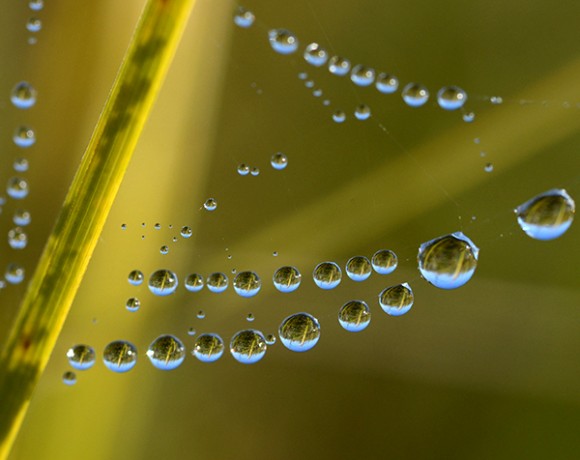
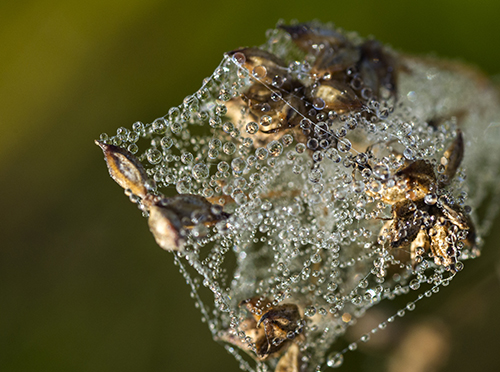
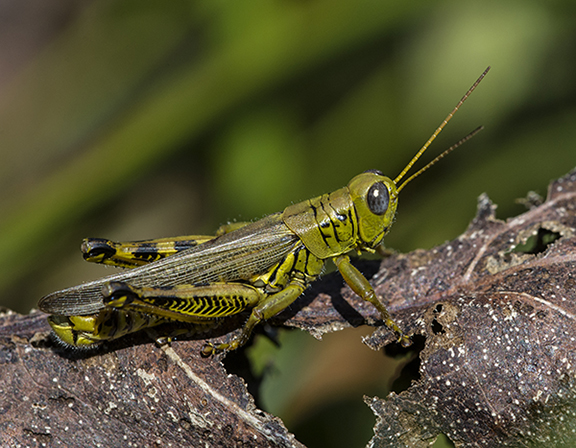
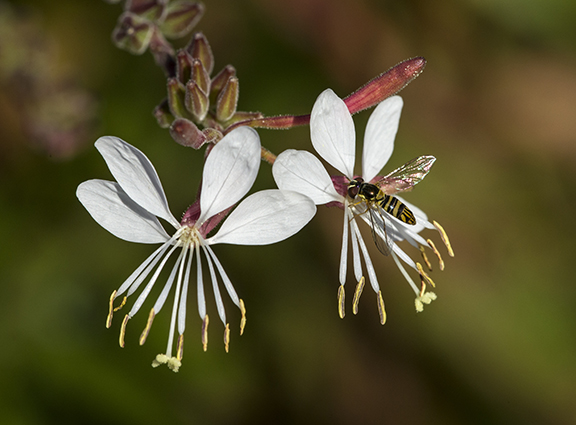
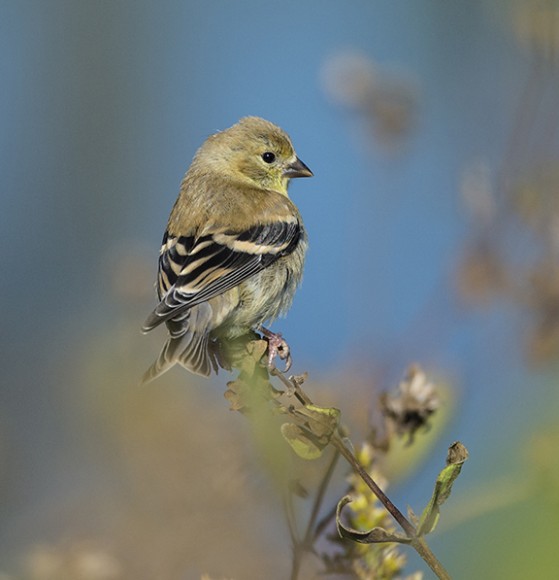
©2014 Chicago Botanic Garden and my.chicagobotanic.org

